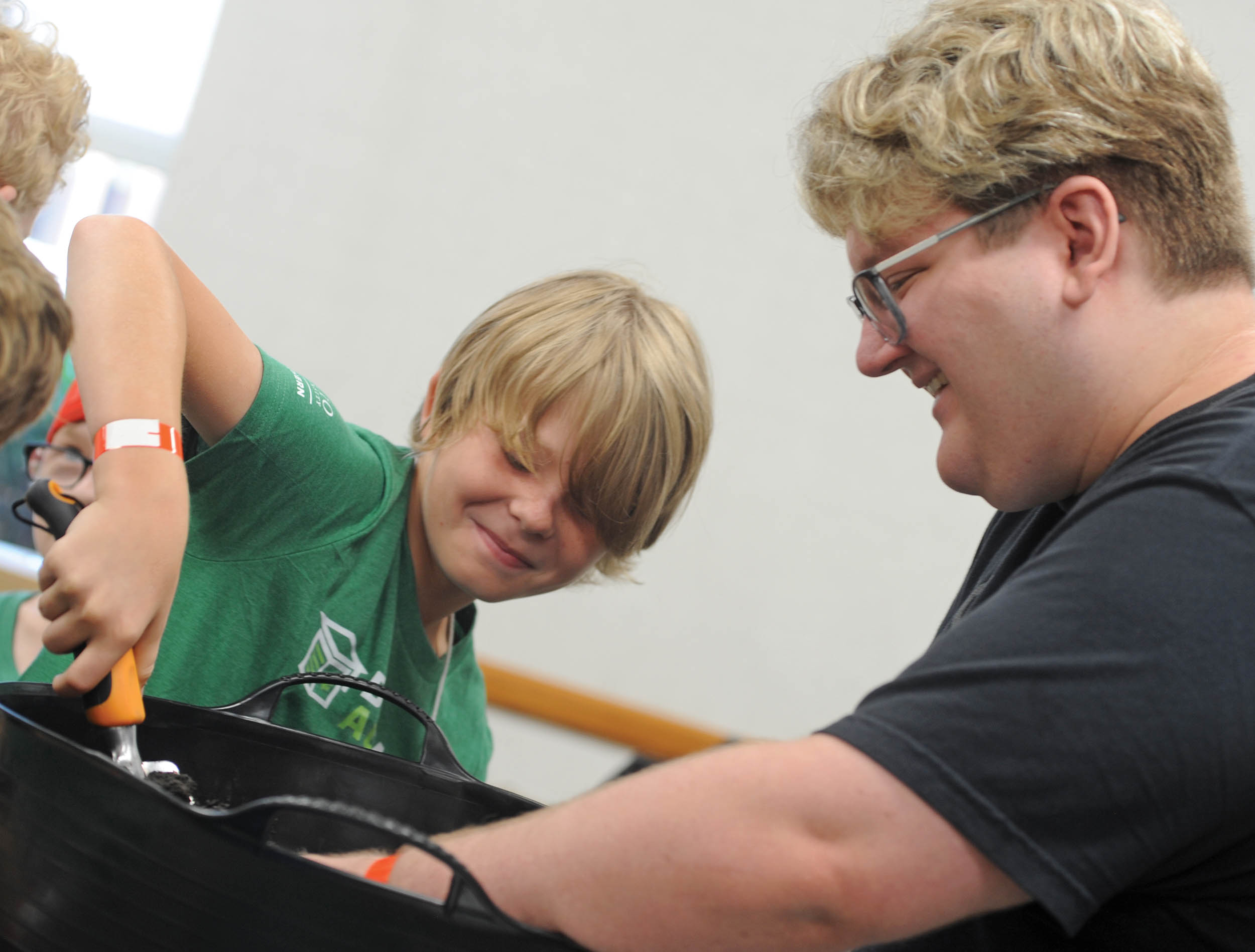Spring eternal at HMA
Published 11:48 pm Saturday, February 19, 2011

Director Mike Beck gives a tour of the the C. Fred Edwards Conservatory Friday at the Huntington Museum of Art.
If the early taste of spring has left you longing for tropical weather and scenery, the Huntington Museum of Art can help.
The C. Fred Edwards Conservatory, located inside the museum, boasts that it feels like spring all year long there and provides visitors a rare experience as well as an education.
The conservatory features tropical and subtropical plants that fall into four different categories — orchids, agriculturally important, fragrant and unusual.
Trending
Mike Beck, conservatory director, said he tries to keep things as diverse as he can to let people see plants they’ve never heard of or have heard of but never seen.
“It’s a big deal for me,” Beck said. “When people experience diversity, it expands their experiences somehow.”
Orchids are plentiful at the conservatory, with more than 280 of them in the museum’s two greenhouses, and the orchids in bloom are displayed in the conservatory.
Coconut, chocolate and kumquat and pomegranate trees are growing, along with avocado, vanilla and brightly colored fushia chenille plants.
Beck said some plants are added to complement an exhibit in the museum. For example, the pomegranate tree was brought in when an Egyptian exhibit was featured at the museum, and for a Haitian exhibit, a sugar cane plant and a zombie palm were introduced.
One of the more unusual plants include a spotted pitcher plant, whose flower shape causes insects to slide into the center of the flower and drown in the inch of liquid in the plant, allowing the plant to digest it.
Trending
The carnuba tree produces wax used for both jellybeans and car wax.
When touched, the sensitive plant’s leaves fold in for 15 to 20 minutes.
The pond in the conservatory housing sailfin mollies is an ecosystem with plants, requiring no filter. And another pond is the home of large koi fish, where they live with something unusual.
A blown-glass sculpture by Dale Chihuly has been in the middle of the pond since 2006. It features 352 blue, yellow and green individual glass pieces, spiraling outward in all directions.
The conservatory is open to the public during regular museum hours, all year round.
“It’s really nice to come in when there’s four inches of snow outside and breathe it all in,” Beck said.






